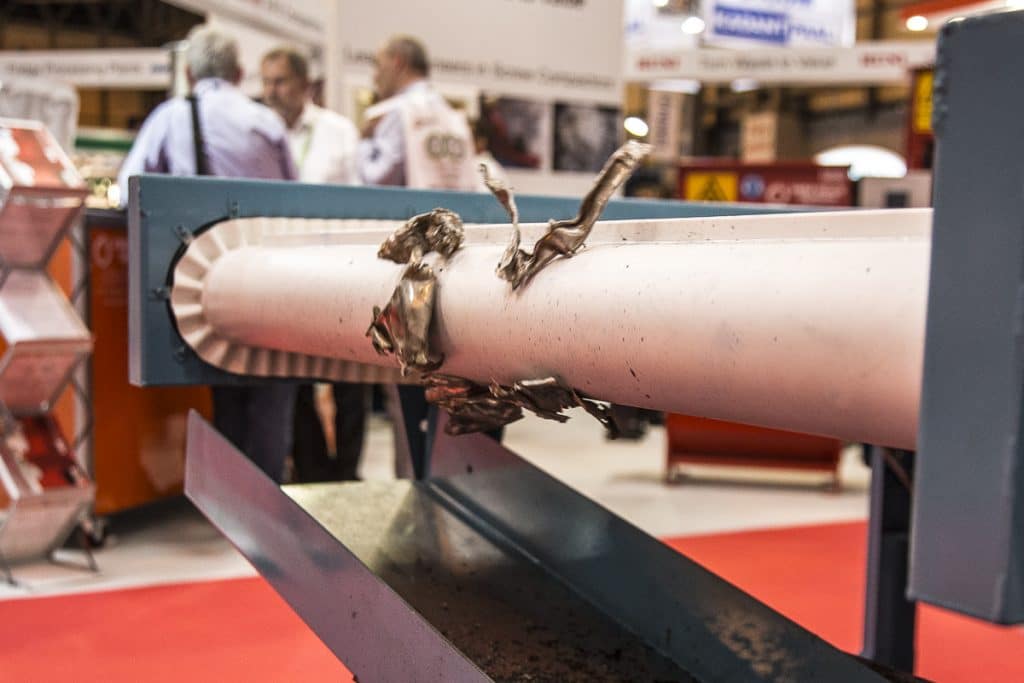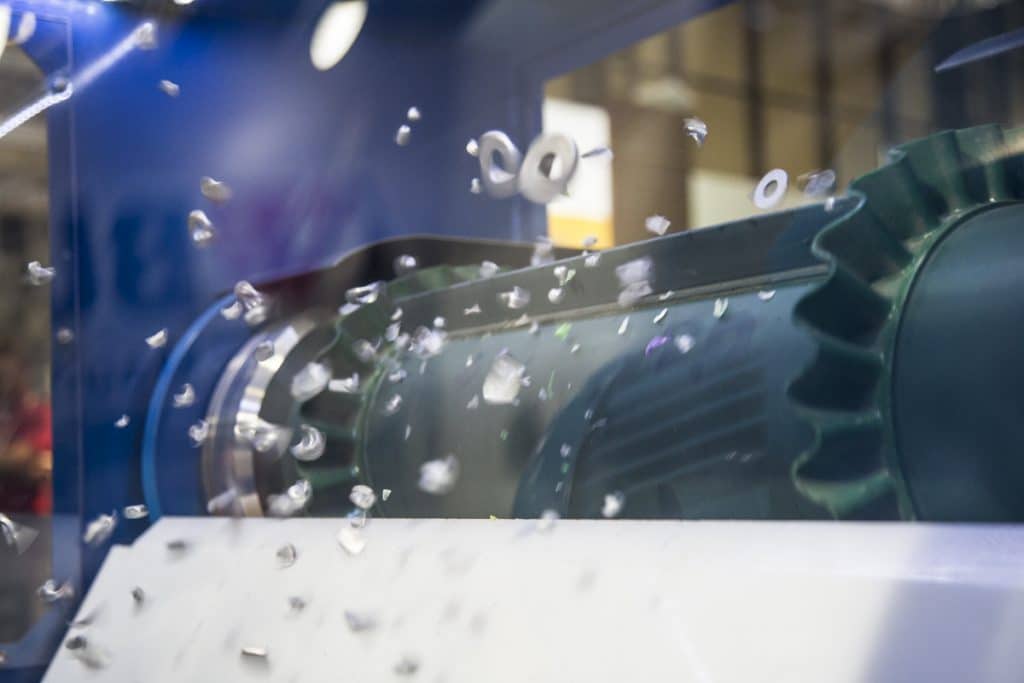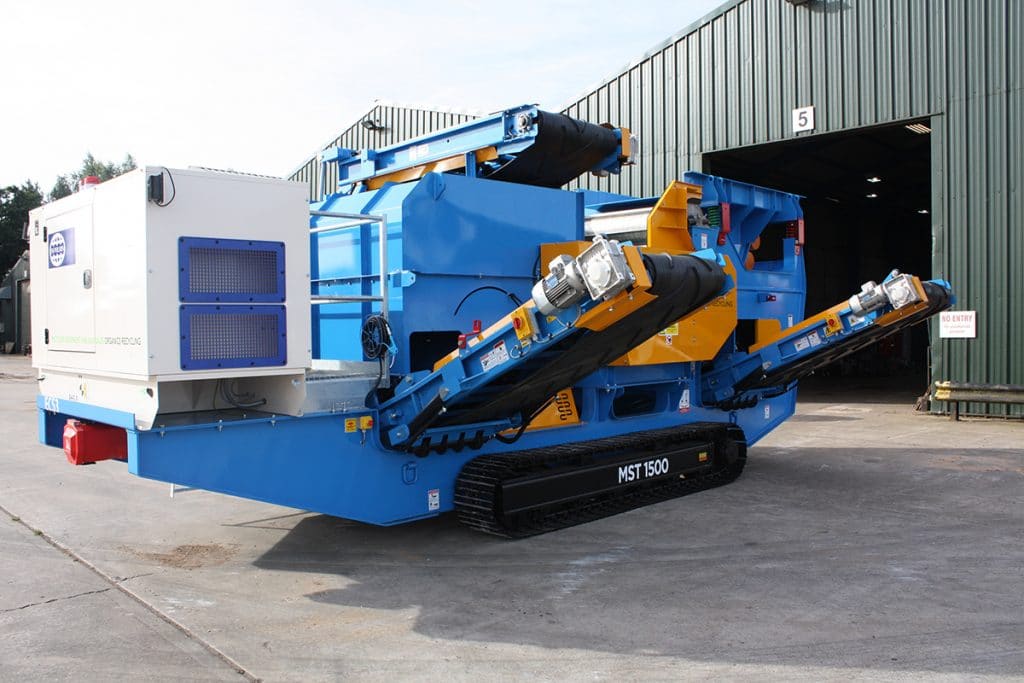Stainless Steel Separator Demos at CARS 2018
By Paul Fears | 19 June 2018
On stand M6 at CARS 2018 (NAEC, Stonleigh, UK, 11-12 July 2018), Master Magnets will be demonstrating the separation and recovery of large and small fragmented stainless steel on the SSSC Magnetic Separator.
“The effective separation of metal from waste has never been more important,” explained Jonathan Millington, Master Magnets’ Marketing Manager. “There is a focus on higher metal recoveries with higher purities. At CARS we intend to show visitors how they can recover stainless steel on the SSSC Magnetic Separator and small non-ferrous metals on the Eddy Current Separator. We want our equipment to do the talking.”
The SSSC and HISC Stainless Steel Separators are commonly installed after primary Magnetic Separation and Eddy Current Separation to remove either weakly magnetic materials from the primary product to produce a clean recycled material (e.g. UPVC window frames, recycled plastics, etc), or to recover valuable materials (e.g. stainless steel and PCBs).
The strength of the magnetic field is far greater than standard magnetic separators, extending the separation capabilities from just removing ferrous and strongly magnetic materials to materials that have a very low magnetic susceptibility.
“We now offer a complete metal separation solution,” said Millington. “Our Overband Magnets and Drum Magnets initially separate the ferrous metals, with the remaining mix being passed over an Eddy Current Separator to recover the non-ferrous metals such as aluminium and zinc. The waste from the Eddy Current Separator still has a valuable metal content and we can recover even the weakly magnetic stainless steel on the SSSC Magnetic Separator.”
The demand for Eddy Current Separators has never been higher, with Master Magnets manufacturing and despatching a record number in 2017. An Eddy Current Separator consists of a short belt conveyor that has its drive located at the return end and a high speed magnetic rotor system installed at the discharge end. The magnetic rotor, which is positioned within a separately rotating non-metallic drum, revolves at high speeds during operation whilst the outer drum cover rotates at the speed of the Eddy Currents’ belt conveyor.
As the magnetic rotor spins at these high speeds, an electric current is induced into conducting metals. The induced electric current produces a magnetic field, which opposes the field created by the rotor, repelling the conducting metals over a pre-positioned splitter plate. The remaining materials such as plastics, glass and other dry recyclables will simply free-fall over the rotor, separating them from the repelled metals.
The Master Magnets team will also be talking to visitors about the ‘Mastertrax’ Mobile Eddy Current Separator. The ‘Mastertrax’ incorporates a 1500mm wide High-Intensity Concentric ECS along with a Rare Earth Drum Magnet, providing separation of ferrous and non-ferrous particles down to 5mm. Optimum operating settings will enable users to process up to 25TPH, depending on material density. The machine comes with crawler tracks, an on-board diesel generator and hydraulic power pack, allowing for easy site manoeuvrability and can be transported on a low loader trailer without permits.
“CARS will be an exciting show and we are looking forward to helping secondary metal processors increase the amount of metal they recover.”
For additional information on Master Magnets exhibiting at CARS or for any Magnetic Separator or Metal Detection enquiry, please contact us on:
Email: sales.redditch@buntingmagnetics.com
Telephone: +44 (0) 1527 65858





